Gallery: Physics photowalk
Picturing the worlds particle physics laboratories
By Katie Yurkewicz
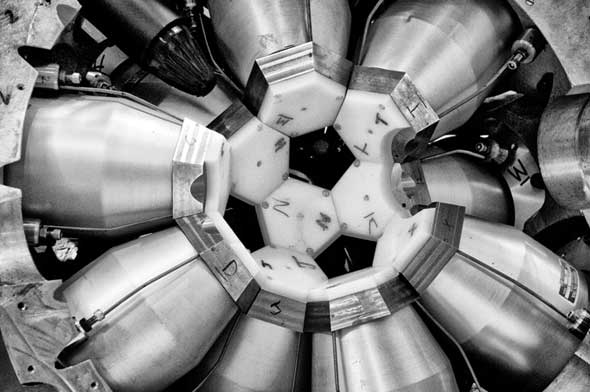 |
1st Place — Global Jury WinnerPhotographer: MIKEY ENRIQUEZ |
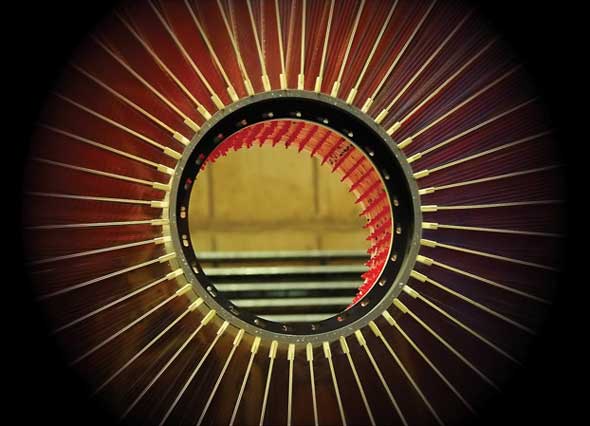 |
2nd Place — Global Jury WinnerPhotographer: HANS-PETER HILDEBRANDT |
More than 200 photographers collided this summer with the past, present, and future of particle physics. The first Global Particle Physics Photowalk took photographers behind the scenes at five particle physics laboratories: CERN in Switzerland, DESY in Germany, Fermilab in the USA, KEK in Japan, and TRIUMF in Canada.
Photographers glimpsed the future of particle physics through visits to accelerator test facilities at CERN, Fermilab, and KEK. Fermilabs antimatter factory and TRIUMFs isotope facilities for physics and medicine revealed the current state of the art in particle and nuclear physics. And at DESY, photographers viewed physics past and present simultaneously while visiting the former underground home of the HERA-B detector, where new particle detectors are now built and tested.
"The reason we decided to do the photowalk was to invite people in who might have a different way of looking at things at our laboratory than the people who work here every day," says James Gillies, head of communication at CERN.
Following the August 7 event, which was organized by the InterAction Collaboration, participants submitted thousands of photographs to the laboratories for local competitions. Each laboratory selected its top photographs by jury or by staff vote, and will exhibit the winning photos starting this month.
"As scientists, were excited by our work and our laboratory environment. What was amazing about this event was the opportunity to share that experience with the people who support and benefit from the research we do," says Nigel Lockyer, director of TRIUMF.
In the spirit of friendly competition, each laboratory selected three photographs to compete in two global competitions: a "peoples choice" online vote and a selection by an international panel of judges. The photographs in this gallery represent the 15 finalists for the global competitions.
The peoples choice winner was Hans-Peter Hildebrandts sunburst image of a particle detector at DESY, while the international jury selected Mikey Enriquezs black-and-white photograph of a nuclear physics experiment at TRIUMF.
"I am an amateur nature photographer, and the subjecttechnologywas a great challenge," said Hildebrandt, a lead technician at a German manufacturing firm. "You dont get to see things like accelerators in tunnels very often, and I am really glad I took part in the photowalk."
More than 100 top photographs from the Particle Physics Photowalk are available online at: www.flickr.com/photos/interactions_photos
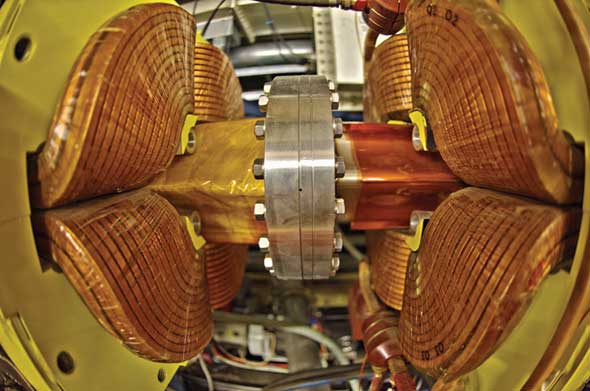 |
|
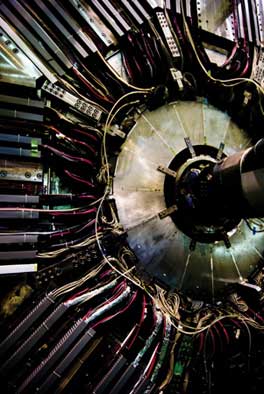 |
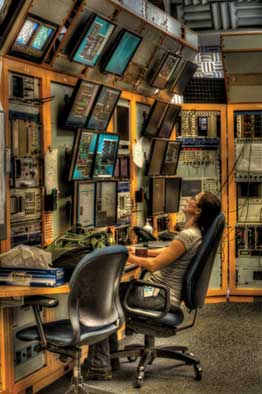 |
|
Left: Photographer: KEISUKE MORI Right: Photographer: TONY REYNES |
|
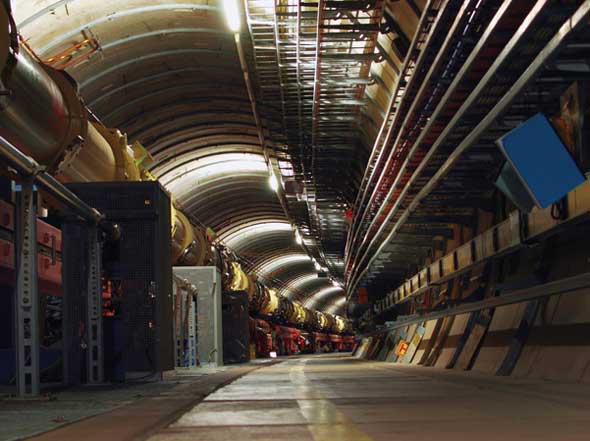 |
|
Photographer: MATTHIAS TESCHKE |
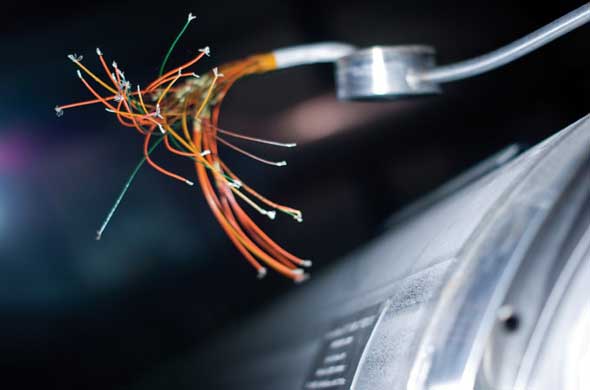 |
|
Photographer: CHRISTIAN STEFANI |
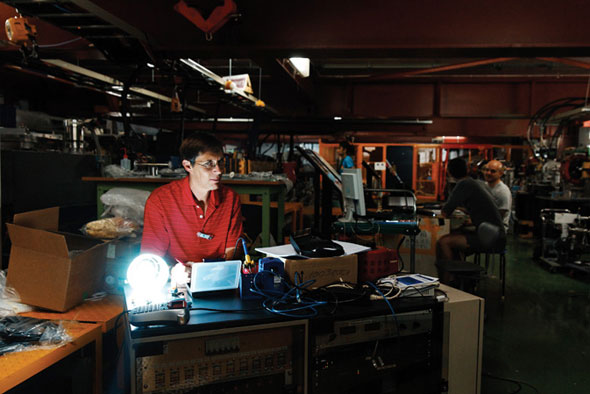 |
|
Photographer: YUKI HAYASHI |
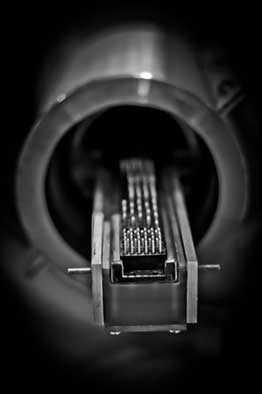 |
|
Photographer: DIEGO GIOL |
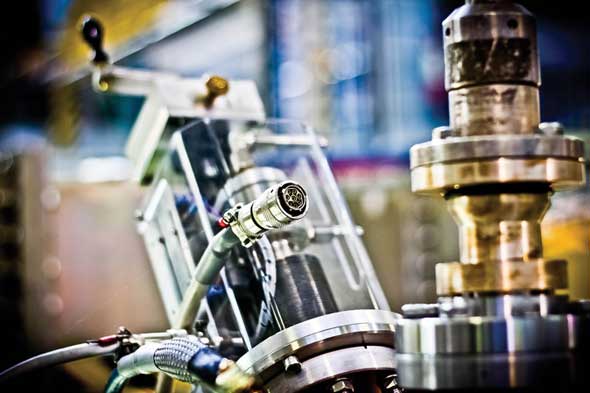 |
|
Photographer: DIEGO GIOL |
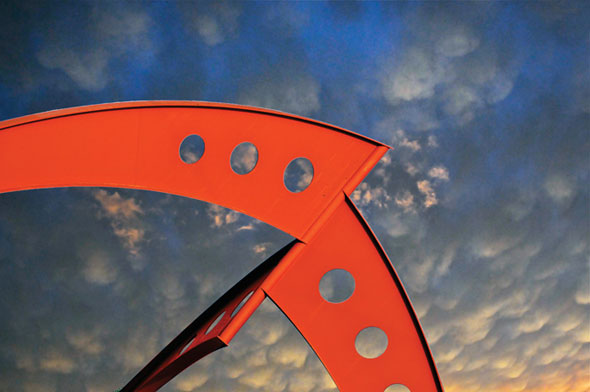 |
|
Photographer: KEN DUSZYNSKI |
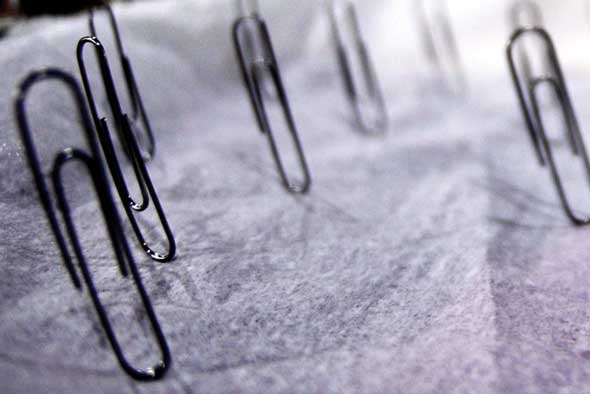 |
|
Photographer: ALI LAMBERT |
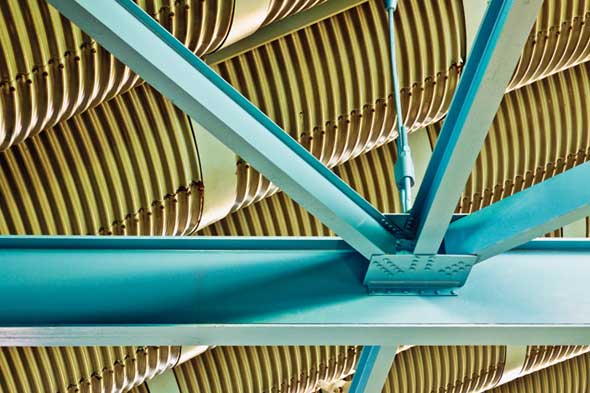 |
|
Photographer: CHARLES PETERSON |
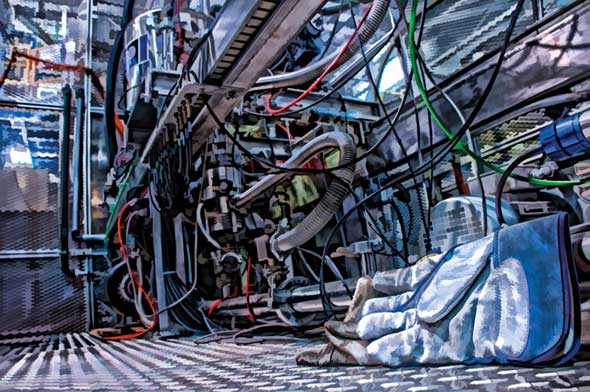 |
|
Photographer: MIKEY ENRIQUEZ |
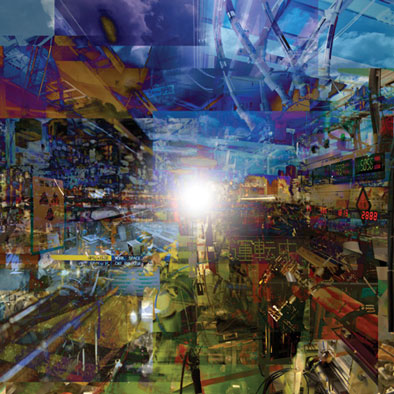 |
|
Photographer: AKIRA OMINATO |
Click here to download the pdf version of this article.






